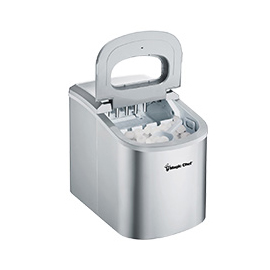Understanding HPMC Grade A Comprehensive Overview
Hydroxypropyl methylcellulose (HPMC) is a versatile and widely used cellulose ether that serves various applications in the pharmaceutical, food, cosmetic, and construction industries. One of the key aspects of HPMC that significantly influences its performance in these applications is its grade. Understanding HPMC grades is essential for manufacturers and formulators to achieve optimal results in their products.
What is HPMC?
HPMC is a semi-synthetic polymer derived from natural cellulose. It is produced through the etherification of cellulose with propylene oxide and methyl chloride, which modifies the cellulose structure, making it soluble in water. The resultant product retains many of the beneficial properties of cellulose, such as thickening, emulsifying, and providing film-forming capabilities.
HPMC Grades Explained
HPMC is available in various grades, each formulated for specific applications. The differences between these grades arise from factors such as the molar substitution (the degree of substitution of hydroxyl groups with hydroxypropyl and methoxy groups), viscosity, and solubility characteristics.
1. Molar Substitution HPMC grades are often classified based on their molar substitution levels, which determine the solubility in water as well as the gel-forming properties. Higher molar substitution typically leads to improved solubility in cold water, while lower substitution can provide a more robust gel-like consistency upon heating.
2. Viscosity Viscosity is a critical parameter in determining the performance of HPMC in different formulations. Grades with low viscosity are suitable for applications requiring easy mixing, such as in cosmetic formulations or food products. Conversely, high-viscosity grades are preferred in pharmaceutical applications where a thicker consistency is needed, such as in suspensions or controlled-release formulations.
3. Solubility The solubility of HPMC in water can vary among different grades. Some grades dissolve easily in cold water, making them ideal for instant products, while others are designed for hot water solubility. This property can influence the application of HPMC in various food and pharmaceutical products.
hpmc grade

Applications of HPMC
HPMC's versatility makes it a valuable ingredient across multiple sectors.
- Pharmaceuticals In drug formulation, HPMC acts as a binder, thickener, and release agent, enabling controlled release of active ingredients. Its non-toxic nature and compatibility with various pharmaceuticals make it a preferred excipient.
- Food Industry HPMC is commonly used as a food additive, functioning as a thickener, emulsifier, and stabilizer. It enhances the texture and shelf-life of a wide range of food products, from sauces to baked goods.
- Cosmetics In cosmetic formulations, HPMC acts as a thickening agent, enhancing the spreadability and texture of creams, lotions, and gels.
- Construction HPMC is employed in construction materials, particularly in mortar and plaster formulations, where it aids in workability and adhesion.
Conclusion
Choosing the right HPMC grade is pivotal for achieving the desired performance in different applications. With an understanding of the properties associated with each grade, manufacturers can tailor their formulations to meet specific requirements. Whether in pharmaceuticals, food, cosmetics, or construction, HPMC continues to play a crucial role in enhancing product quality and effectiveness. As industries evolve and demand for innovative products increases, the significance of understanding and utilizing the appropriate HPMC grades will only grow.
-
The Application and Significance of Construction RdpNewsMay.19,2025
-
Industrial Grade HpmcNewsMay.19,2025
-
Building Coating Adhesive Building Coating Adhesive HpmcNewsMay.19,2025
-
Application Of Hpmc For Detergent For Detergent In DetergentsNewsMay.19,2025
-
Application Of Hpmc Cellulose In Cement-Based MaterialsNewsMay.19,2025
-
Application Of High Quality Hpmc For Construction In The Field Of ConstructionNewsMay.19,2025




